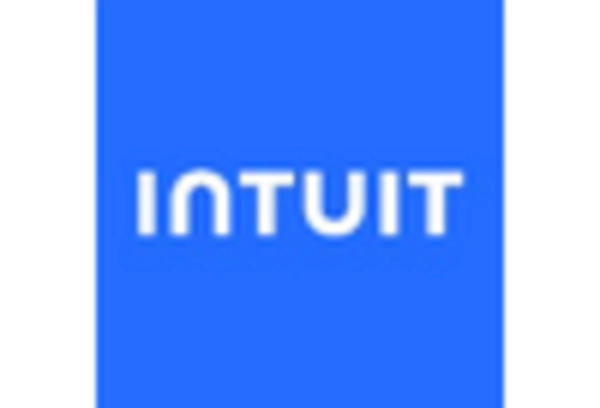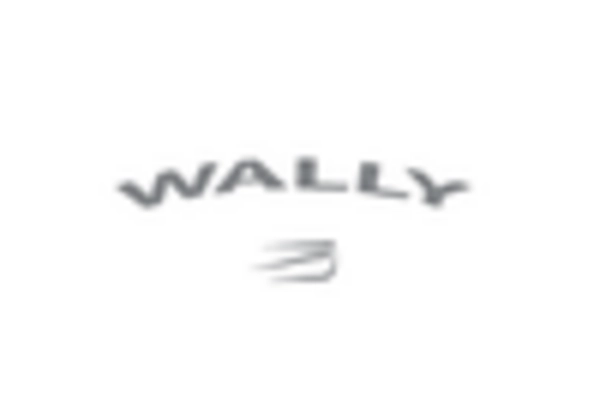Increased Smartphone Penetration
The proliferation of smartphones is a crucial factor driving the Expense Tracker Apps Market. With an estimated 80% of the population owning a smartphone, the accessibility of mobile applications has never been greater. This widespread adoption allows users to conveniently track their expenses and manage their finances from anywhere at any time. Moreover, the availability of diverse app options caters to various user preferences, further stimulating market growth. As smartphone technology continues to advance, the functionality and user experience of expense tracking applications are expected to improve, attracting even more users. Consequently, the Expense Tracker Apps Market is likely to experience sustained growth as smartphone penetration continues to rise.
Integration of Advanced Technologies
The integration of advanced technologies, such as artificial intelligence and machine learning, is transforming the Expense Tracker Apps Market. These technologies enhance user experience by providing personalized insights and recommendations based on spending habits. For instance, AI-driven algorithms can analyze user data to suggest budgeting strategies or identify unnecessary expenditures. This level of personalization not only improves user engagement but also increases the likelihood of app retention. Furthermore, the market is projected to grow at a compound annual growth rate of 10% over the next five years, driven by the continuous evolution of technology and its application in financial management. As a result, the Expense Tracker Apps Market is becoming increasingly competitive, with developers striving to incorporate innovative features that cater to user needs.
Growing Awareness of Financial Health
There is a growing awareness of the importance of financial health among consumers, which serves as a significant driver for the Expense Tracker Apps Market. As individuals become more conscious of their spending habits and overall financial well-being, they are more inclined to utilize expense tracking applications. Reports suggest that nearly 70% of millennials prioritize financial stability, leading to an increased interest in tools that assist in budgeting and expense management. This heightened awareness is fostering a culture of proactive financial planning, thereby propelling the demand for expense tracker apps. The Expense Tracker Apps Market is thus positioned to benefit from this trend, as more users seek to leverage technology to enhance their financial literacy and management capabilities.
Shift Towards Digital Financial Solutions
The shift towards digital financial solutions is reshaping the landscape of the Expense Tracker Apps Market. As consumers increasingly favor online banking and digital payment methods, the demand for applications that integrate seamlessly with these platforms is on the rise. This trend is indicative of a broader movement towards cashless transactions, with digital payments projected to account for over 50% of all transactions in the coming years. Expense tracker apps that offer features such as real-time transaction tracking and integration with banking services are particularly appealing to users. This shift not only enhances user convenience but also drives the growth of the Expense Tracker Apps Market, as more individuals seek comprehensive solutions for managing their finances in a digital-first world.
Rising Demand for Personal Finance Management
The increasing need for effective personal finance management is a primary driver in the Expense Tracker Apps Market. As individuals seek to gain better control over their finances, the demand for apps that facilitate budgeting, expense tracking, and financial planning has surged. Recent studies indicate that approximately 60% of consumers express a desire to improve their financial literacy, which directly correlates with the adoption of expense tracking applications. This trend is further supported by the proliferation of smartphones and mobile internet access, enabling users to manage their finances on-the-go. Consequently, the Expense Tracker Apps Market is witnessing a robust growth trajectory, as more users recognize the value of these tools in achieving their financial goals.
















Leave a Comment